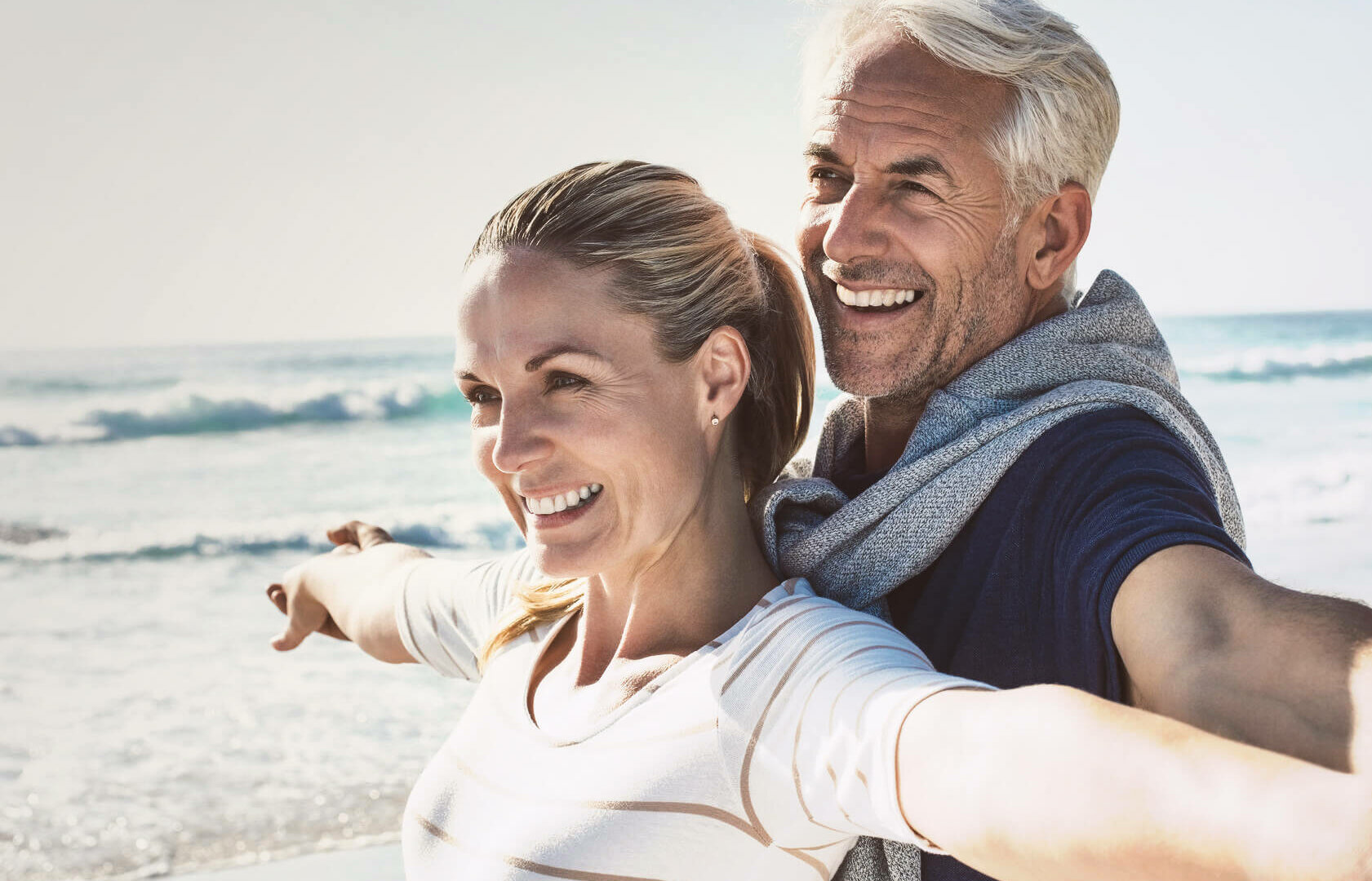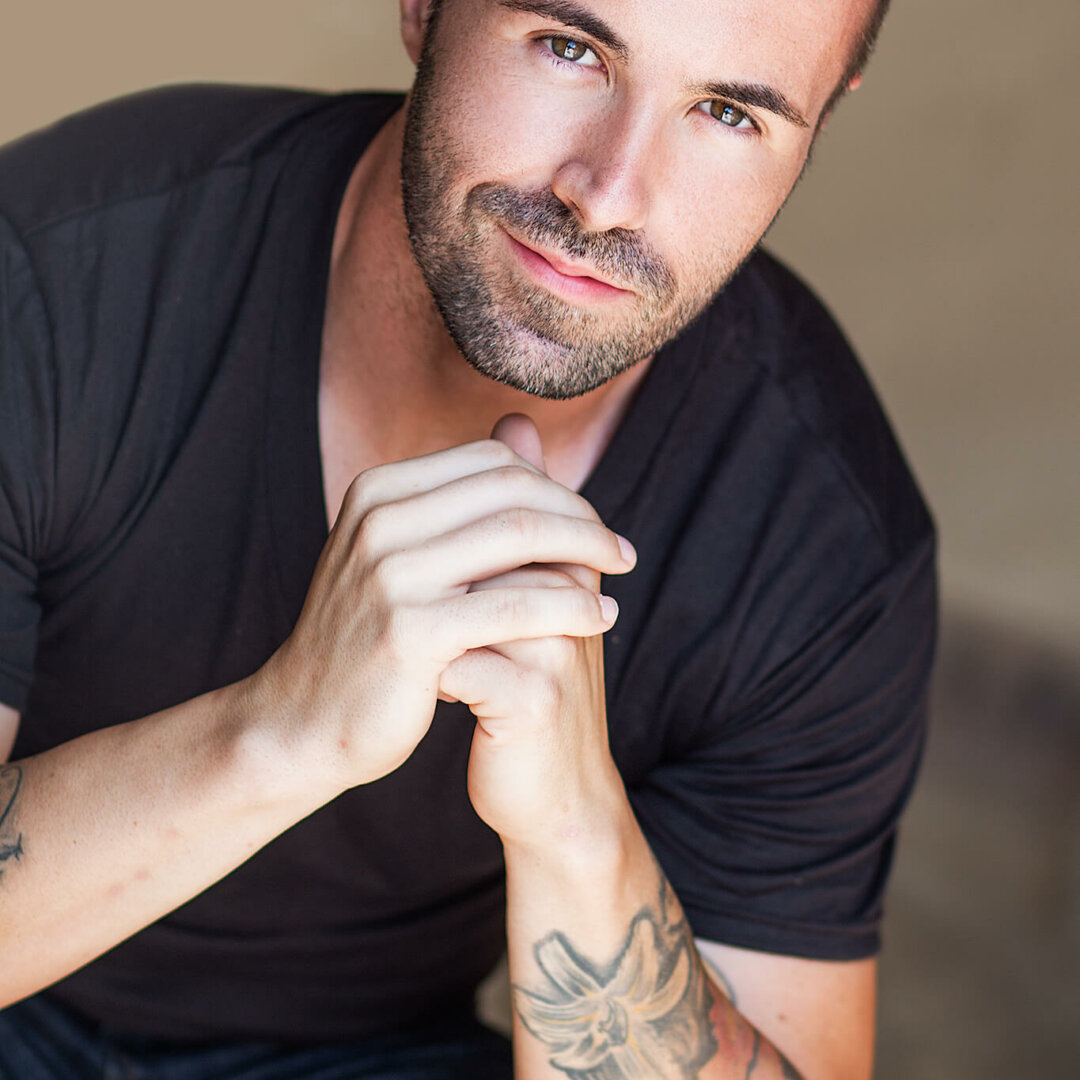Every major religious figure’s goal was to conquer old age, sickness, and death. Jesus offers salvation through him. Buddha shows you the path to enlightenment to escape from the wheel of Samsara. Hinduism also seeks to free you of that wheel.
No matter what you believe, your physical body is going to get old, and it will eventually die. That much we know for sure. And to an extent, we can control the quality of our life as we get closer to old age. Having said that, training needn’t cease, but it should definitely evolve. So let’s take a look at how it should do so.
Life Movements
Ideally, these life movements are something we should practice regardless of our age. But as we age, it becomes even more important. Life movements are just that—stuff we do in life. They include: getting out of chairs, getting off the floor, and getting out of bed. Knowing that, we can break those life movements down in the context of smaller movements that comprise them. From there, we can talk about how to train them. And how you train them depends on where you are in terms of movement quality. So, in your twilight years, these movements will look different than they do when you’re a young spring chicken. Let’s have a look.
Getting in and out of Chairs
If you’ve ever been to Cracker Barrel, Bob Evans, or any other place where the elderly frequent, you might notice that for the less fortunate among them, sitting and standing can be quite the task. One thing you see often is a person going to sit down, and when they get part of the way there, they lose control and plop down.
Thankfully, we can train this. And it is simple. We box squat. However, depending on your age and movement capabilities, it might not be the standard box squat you know of—barbell on the back, touch the box, ditch the stretch reflex, and rock back up—but it can take a different form.
For instance, you can use a high box positioned so that you can control your descent. Or, you can hold a dumbbell or kettlebell and perform the box squat that way.
Last, depending on how much function you have lost, you can even use support to get your reps in. For example, set the box down near something you can hold on to, and help yourself get down and up as needed.
Getting off the Floor
If you fall, you need to know how to get up. The exercise world has a few of these examples. One is the Turkish get-up (TGU). In case you are not familiar, the TGU has you lie on your back holding a dumbbell or kettlebell pressed out in your right hand. Then, you start with your right leg by bending it and pressing your foot on the ground as you roll to the left. Next, extend your left arm to prop yourself up, swing your left leg between your two posts, and you’ll end up in a lunge position. Last, stand up.
After that, reverse everything and end up like you did at the beginning. All the while, you’re keeping the weight locked out, mind you.
You’re also familiar with the burpee, no doubt. Usually you see people flailing about in an attempt to perform a high number of reps as a form or cardio. In smarter contexts, MMA fighters modify it into a sprawl. But either way, it is an efficient way to get back up off the ground.
To make this a lasting skill, you can modify these exercises to reflect the way it might actually look outside of the gym.
For the TGU, you could simply ignore the loading of the weight. Once you do that, you can practice the other skills involved, like the rolling over, the getting into position, and the standing.
For the burpee, the easiest way to learn decent form AND apply it to your life is to start from a standing position. To do so, squat down, place your hands on the floor, and move your legs back so that you are in the top range of a push-up. It doesn’t have to be fast, you can do each leg at a time, if needed. Then lower yourself onto the floor. To get up, reverse everything. And remember, these skills don’t need to look perfect. They need to feel safe and comfortable for you. I
Getting out of Bed
Here’s another skill that we practice at various stages of our life. It seems so simple, but sometimes it can be troublesome. If you’ve ever had a back injury, you know this to be true. But the goal is to be able to wake up and stand up right after.
So how do you train it? You find something roughly the height of a bed, lie down, and then stand up. Luckily, at the gym there are a few ways we can exercise where we lie down. The bench press is one of them. The hamstring curl is another. Some abdominal machines also have you lying down. So when we finish our sets of these, it’s a good idea to stand up after each one. It’s not as direct as our above example, but it still counts to train the movement.
General Health and Fitness
As you age, your body deteriorates. We know that resistance training is good for strong bones, and stronger muscle tissue. To that end, we know that eating enough protein is paramount as you age. In a 2004 study, Chernoff states in the abstract that
A decrease in skeletal muscle is the most noticeable manifestation [of a decrease in total body protein] but there is also a reduction in other physiologic proteins such as organ tissue, blood components, and immune bodies as well as declines in total body potassium and water. This contributes to impaired wound healing, loss of skin elasticity, and an inability to fight infection. The recommended dietary allowance (RDA) for adults for protein is 0.8 grams of protein per kilogram of body weight. Protein tissue accounts for 30% of whole-body protein turnover but that rate declines to 20% or less by age 70.
Furthermore, it goes on to state that the minimum for older adults should be 1 gram per kilogram of body weight compared to the 0.8 gram per kilogram recommendation. So not only does your diet matter when you’re young, it matters more as you age.
In addition to the aforementioned skills above and eating properly, general exercise goes a long way to improving our quality of life as you get older. A 2014 study published in the Journal of the American Medical Association concluded that “A structured moderate-intensity physical activity program compared with a health education program reduced major mobility disability over 2.6 years among older adults at risk of disability.” [3]
So what does this mean? It’s pretty simple. As far as exercise goes, we can lift—maybe not chasing huge numbers in the big three after a certain point—as we age, and it’s good for us. So in the above stated conclusion, moderate intensity encompasses what amounts to volume of training over intensity, with the idea that kill continue it for the long haul. We therefore know that to stay mobile in old age, we have to continually practice being mobile.
References
- Chernoff, R. (2004). Protein and Older Adults. Journal of the American College of Nutrition, 23 (supp6), 627S-630S.
- Hirsch, S.A, Diehr, P, Newman, A.B, Gerrior, S.A, Pratt, C, Lebowitz, M.D, and Jackson, S. (2014). Physical Activity and Years of Healthy Life in Older Adult: Results from the Cardiovascular Health Study. Journal of Aging and Physical Activity, 3 (18), 313-334.
- Pahor, M, Guralnik, J. M, Ambrosius, W.T, Blair, S, and Bonds, D.E. (2014). Effect of Structured Physical Activity on Prevention of Major Mobility Disability in Older Adults. Journal of the American Medical Association, 311 (23), 2387-2396.

